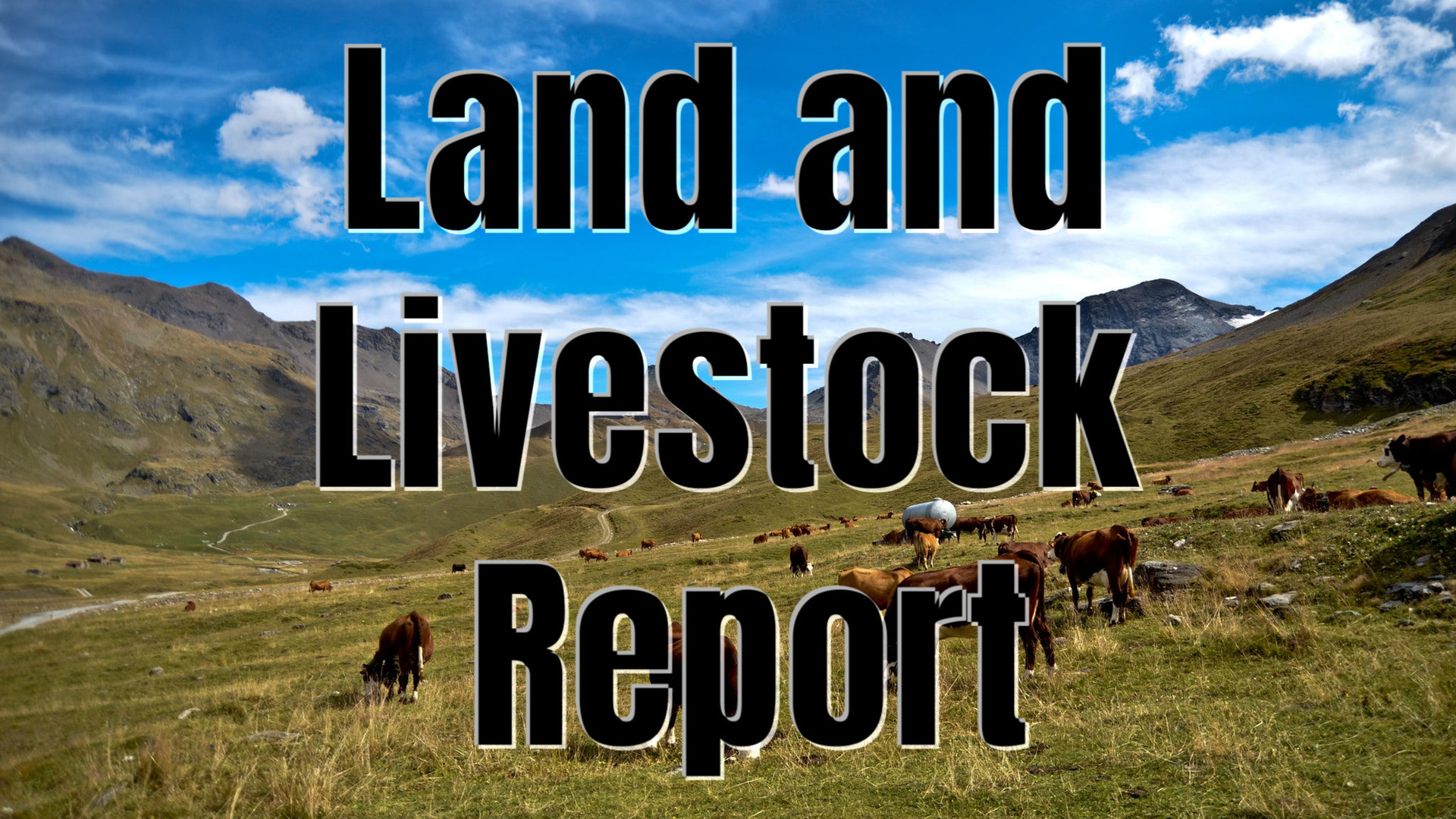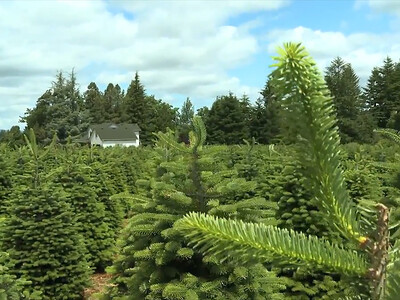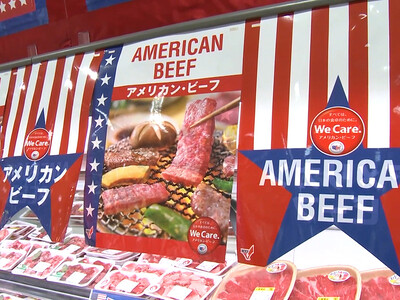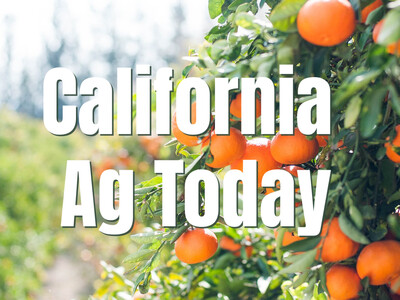Horse Hues
There’s gold champagne, amber champagne, chocolate, smokey cream, Apricot, chestnut, and ivory... the Equine species has been created in a fascinating, poetic color spectrum. I’m Susan Allen when OpenRange returns some common and not so common horse hues. Humans have been captivated and often mystified by the rainbow of colors horses come in, and they’ve attempted to manipulate them through breeding. Native American tribes put great emphasis on color often believing that a paint horse for example held special magic. A quick color primer for non-horsey listeners is that two basic color classifications for horses exist. In a nut shell, there are horses with black points; meaning black manes, tails, ear rims and lower legs and then there are non-blacks, thus you end up with or basic black and red. Like an artists color wheel God used just twelve pigments to create the range of shades and patterns found in the equine world. The black point colors give us bay horses, blacks, brown, grulla, buckskin and zebra dun, like my little horse. Non-black –point colors have romantic names, the champagne tones , silver dapple, cremello, red dun plus the creamy palomino. Apart from the basic color wheel are those splashy paints, speckled roans, greys and Appaloosas all derived from white patterned coats. Some of our most famous American Ranches are known by the color of horses they produce believing that the right color determines performance, trainability, and endurance.


















